Work
We’ve tried to provide a flavour of the kind of projects we attract via case studies, although confidentiality means we can’t reveal too much detail!
WWe’ve tried to provide a flavour of the kind of projects we attract via case studies, although confidentiality means we can’t reveal too much detail!
W

Feeling twitchy? Fiddling with your phone? Slouching in your seat?
You probably need a break. We explored the break time habits of a range of people in different careers to understand their role and importance. From civil servants to make-up artists, from policewomen to academics, we explored the triggers for break times, the different kinds of break people take, and the difference they make emotionally and physically. A series of varied pre-task exercises helped us and our participants understand more about what’s really going on when we reach for the biscuit barrel, flick unthinkingly onto Facebook or even take that slightly over-long loo break. The research helped us understand the optimum break conditions, and to break down the component parts which contribute to this.

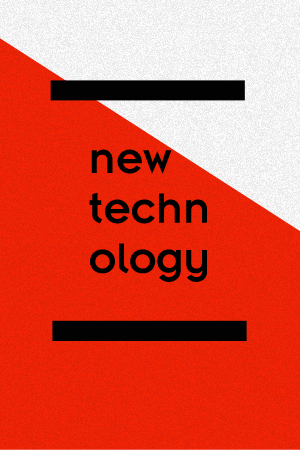
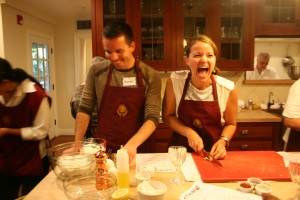
New food technology – Cooking with Friends.
A leading FMCG company had developed a new food technology which was in need of a ‘purpose’. So we set out to investigate consumer associations and applications of several prototypes in order to uncover the consumer opportunity.
We adopted a 2 stage approach, starting with a full day cooking workshop followed by friendship pair in-home IDIs. The Cooking workshop was very exploratory and used to ‘discover’ the category that the prototypes are potentially most suitable.
After the workshop, we generated initial product hypotheses with our client to determine which applications and dishes to explore further in consumers’ homes. The friendship IDIs involved a more detailed in-home consumer evaluation of selected prototypes and applications, including full cooking sessions with prototypes and side by side comparison with current food preparation solutions.
Ultimately a rich, detailed understanding of the potential application of each prototype was generated with suggestions for optimisation.

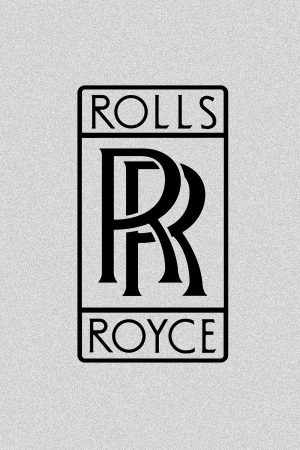
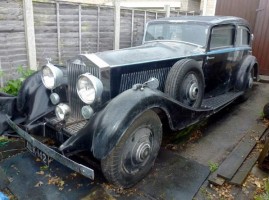
In pursuit of perfection: how does a luxury brand meet the highest customer expectations?
Taking your car in for repairs or servicing is rarely a gratifying experience for anyone. There’s the inconvenience of being parted with your car, the risk of delays in fixing it, and, if it’s out of warranty, the dreaded cost negotiations with the dealership.
So what happens when it’s a Rolls-Royce in need of some TLC? How can dealerships keep customers happy when they are accustomed to the highest standards in everything they encounter? In other words, how do you offer the ‘Rolls-Royce’ of Aftersales experiences?
In a fascinating study we spoke to Rolls-Royce owners in the US, China and the Middle East about their experiences with a range of brands, and in doing so we learnt about their expectations, their benchmarks (within and without the automotive industry) and identified several opportunities for Rolls-Royce to truly impress this potentially hard-to-please audience.


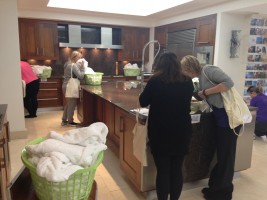
Where in-home meets workshop
We wanted to create an ‘in-home’ laundry assessment program which would also allow us to bring together a number of female consumers and clients. So, we hired a huge, footballers’ wives style mansion near Liverpool, in order to set up a series of consumer laundry scenarios. We ran 2 x one-day workshops, comprising a multitude of different exercises, to help our client understand the consumer experience of a potentially new product.
We invited 6 ladies each day to undertake our exercises, combining individual assessments with group experientials and discussions to unlock sensory responses. Throughout the event, our clients observed the sessions via a streamed link to a cinema room. In this way they were able to feed through live questions and comments as the evaluations took place.
The methodology worked very well, and the unusual nature of the venue itself added to participant engagement whilst having a real home setting gave us a more accurate response, allowing us to listen to live responses rather than recall. In addition, the study allowed us to evaluate a much larger number of prototypes / samples compared to traditional prototype trials where numbers are more limited.

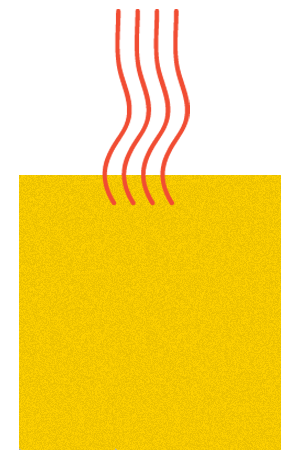
How can a wealth of baby feeding insights be most effectively digested?
After four phases of in-depth research we shared a great deal of insight via workshops and debriefs with our client, regarding the emotionally sensitive and complex journey that is baby weaning.
In order to make best use of the information our client wanted to create a ‘legacy’ output in the form of an easy to search internal website. We worked with our web design and development partner to create an engaging, interactive, multimedia tool, which allows the client to revisit key research learnings quickly and easily, as well as bringing new-hires and external agencies up to speed with consumer insight.
From top-line summaries to deep-dive analytical output across the whole journey from preparing for baby’s first spoonfuls to navigating the challenges of establishing a balanced diet, we provided not only the insight and strategic guidance, but an optimal means of ensuring it remains live and dynamic. We’ve handed it over to our client now, but for many months of research and a few weeks building the site, it really was our baby.

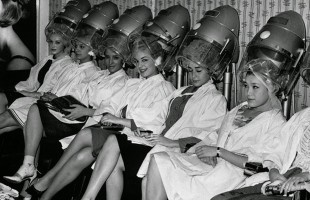
Whip, gum, putty, cream, wax, oil, spray, pomade
We wanted to get inside salon life and understand how hairdressers relate to the products they use and the role they play. So we spent several days hanging out in a range of London salons, observing appointments and talking to salon owners, stylists and their clients about the complex world of care and styling brands, sub brands and products. We then followed our salon sessions up with workshops among stylists to get under the skin of the sensorial aspect of products, looking beyond the brand effect to understand the role of the physical qualities of products.

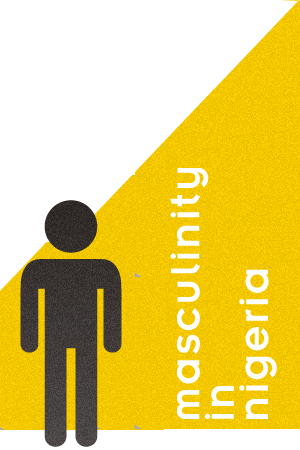

What does masculinity mean in Nigeria?
A global care client wanted to better understand perceptions among men in relation to personal care and how this is affected by perceptions of masculinity in Nigeria. We carried out a mixed methodology, using groups to explore wider issues and themes and also to identify participants for further in-home interviews. We also gave participants special glasses with a camera embedded to go on shopping trips around town. In this way we could observe their in-store experiences without our physical presence being too intrusive. We then explored this video footage with them afterwards. Participants also kept personal care diaries.


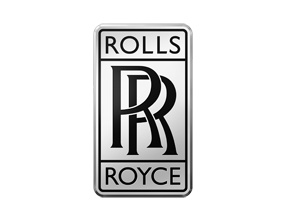








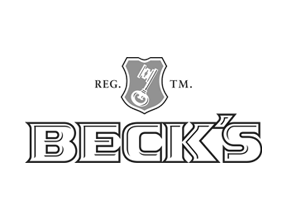


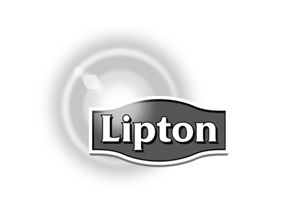








Spinach Ltd
Preston Park House
South Road
Brighton
East Sussex
United Kingdom
BN1 6SB
info@spinach.co.uk